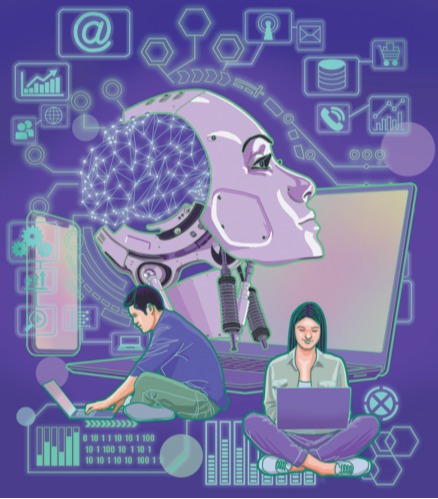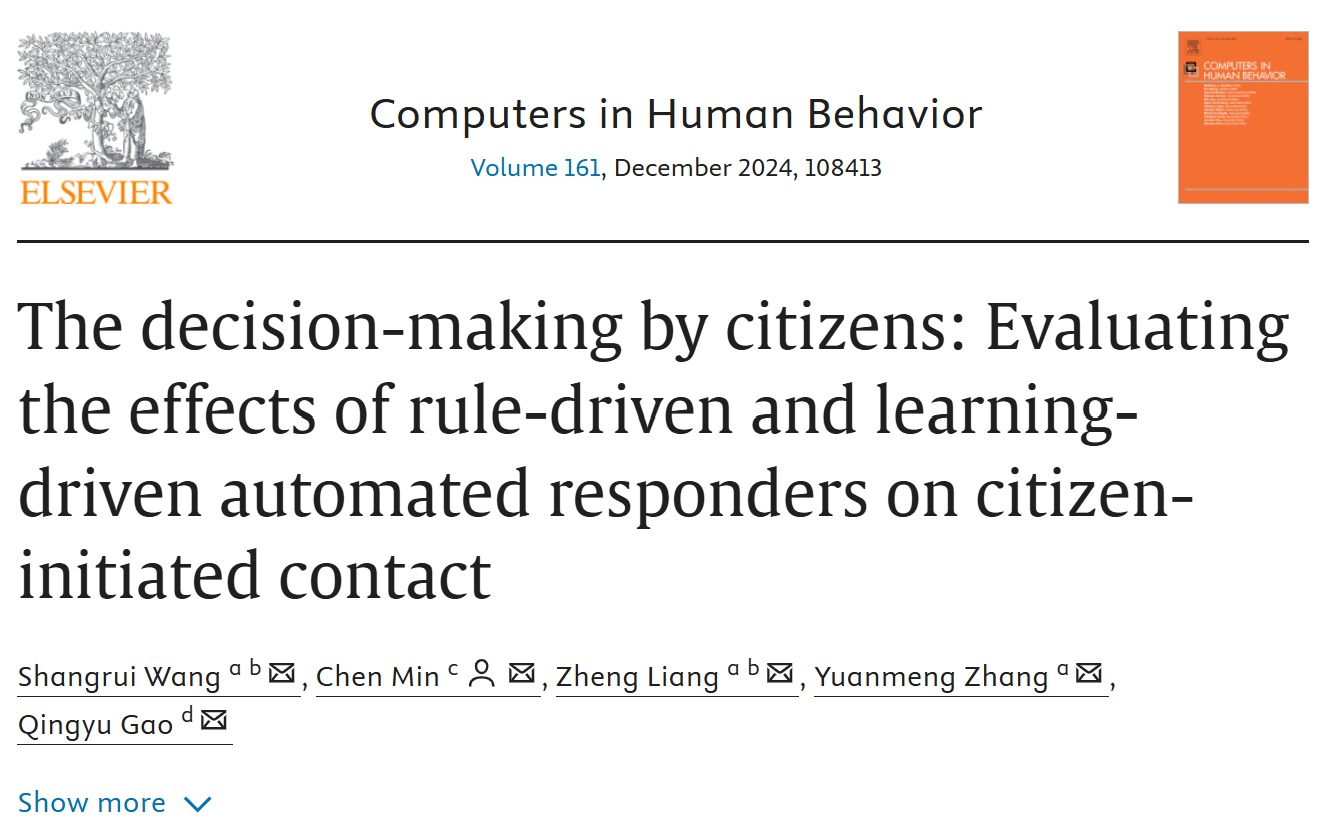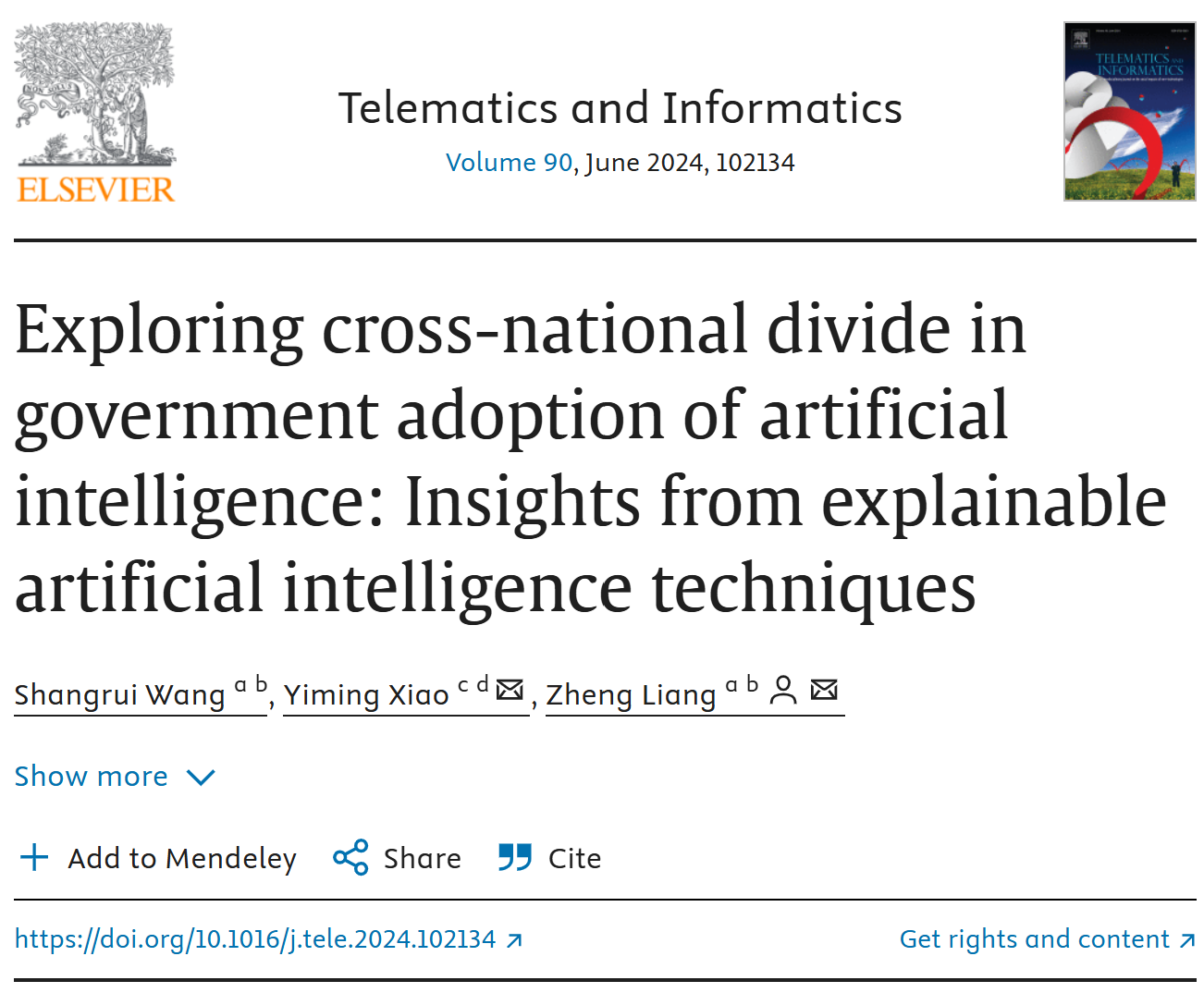Publications
-

China shaping AI governance mechanism
https://www.chinadaily.com.cn/a/202502/06/WS67a3ef2ea310a2ab06eaa572.htm
-

The decision-making by citizens: Evaluating the effects of rule-driven and learning-driven automated responders on ci...
Highlights•AI as automated respondents reduces citizen-initiated contact; learning-driven AI worsens the effect more than rule-driven AI.•Respondent image, channel, purpose, and matter affect citizen contact but hardly mitigate AI's negative impact.•Unlike the digital divide, young, highly educated individuals are least likely to contact AI respondents in government.•The gap between AI adop...
-

Exploring cross-national divide in government adoption of artificial intelligence: Insights from explainable artifici...
Highlights•AI adoption is a continuum rather than a dichotomous.•The underlying causes of global governmental AI adoption divide is explored.•Explainable Artificial Intelligence (XAI) models are utilized.•Technological infrastructure, institutional quality, finance resources, population structure, economic development and globalization are important.AbstractDespite the recognized potential ...

